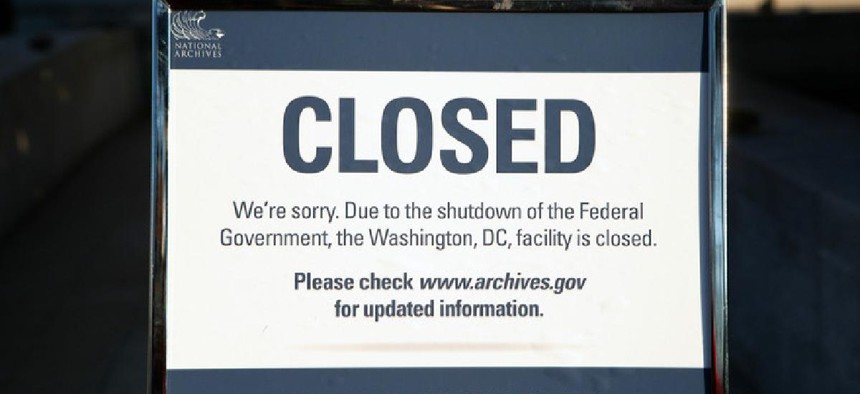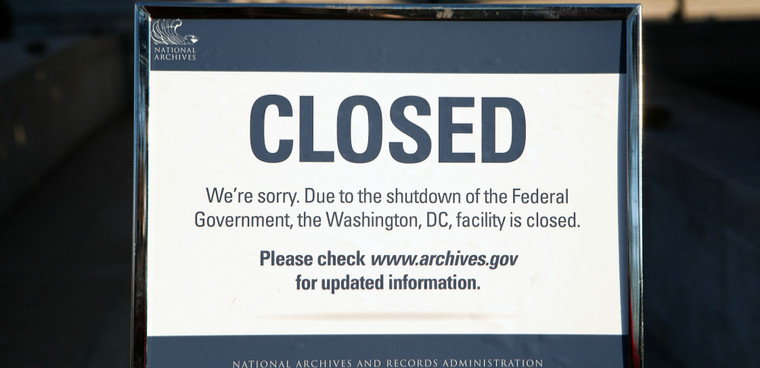Shutdown 'perfectly timed to prevent people from joining government'

The federal workforce takes the brunt of the shutdown impact, but there's another group who may be dissuaded from joining government altogether: young prospective employees and students.

National Archives headquarters in Washington, D.C. (Photo credit: Mark Van Scyoc/Shutterstock.com)
Federal workers experience the brunt of the shutdown impact, but there's another group who may be dissuaded from joining government altogether: prospective employees and students.
The timing of the shutdown -- over winter break, as students begin to search for jobs and as the government's own spring recruiting cycle begins -- is "catastrophic" for agencies seeking to bring in young talent, said Paul Light, a professor of public service at New York University.
"It's nearly perfectly timed to prevent people from joining government," he said. "This is a crystallizing moment."
The shutdown, along with a scheduled pay freeze, plans to automate some federal jobs and a proposed downsizing of the workforce comes at a time when the government needs younger workers, especially in tech.
According to the Partnership for Public Service, about 6 percent of federal employees are under 30 years old, and five times as many full-time federal technology workers are over 60 as are under 30.
Today's students aren't necessarily turned off to careers in public service. A 2017 survey of more than 80,000 college students conducted by the market research firm Universum found that 14 percent of respondents preferred a career in the public sector -- the third most popular choice after healthcare and entertainment.
But collegiate aspirations and the cold, hard reality of shutdowns and furloughs are two different things.
"For kids who are thinking about careers in government, they have to be saying, 'Did I make the wrong decision?'" Light said.
Don Kettl, professor and academic director of the University of Texas' LBJ Washington Center and former dean of School of Public Policy at the University of Maryland, said in addition to "deeply" damaging the current workforce's morale, "there are lots of down-the-line effects that flow from shutdowns."
"They make it harder to make the case to come work for the federal government, especially among students," he said. "They have other choices, and they have to ask themselves: Why take the risk to work with the feds? After all, one of the biggest selling points about federal employment is security, but the shutdowns torpedo that argument."
Workforce policy also suffers during a shutdown. Jonathan Breul, who served as senior advisor to the deputy director for management at the Office of Management and Budget during the 1995 and 1996 shutdowns, said the management and policy priorities, as well as any efforts to shape the workforce, have to take a backseat to shutdown planning. About 62 percent of Executive Office of the President staff -- and 73 percent of OMB staff -- are on furlough, according to the White House contingency plan.
"Anything's that's constructive and part of the policy process is put on hold," said Breul. "It's not productive work."
But even beyond the annual recruiting cycles or hurting a single year's worth of potential employees, Breul pointed to the big-picture impact.
"A lot of the reason people take jobs in the government is the mission," he said. "What a shutdown does is tell them that's not important."
NEXT STORY: Gfrerer confirmed to lead tech at VA


